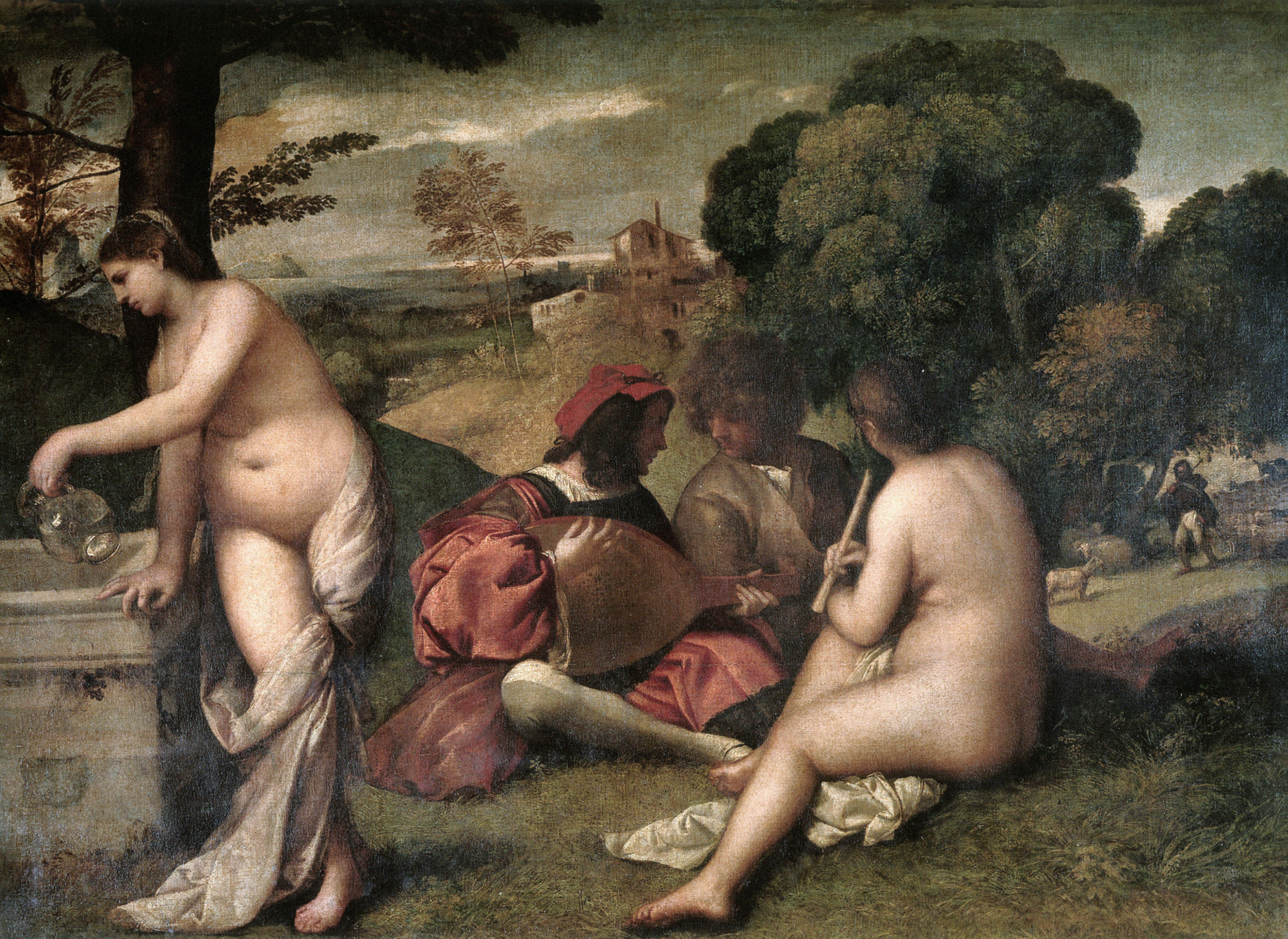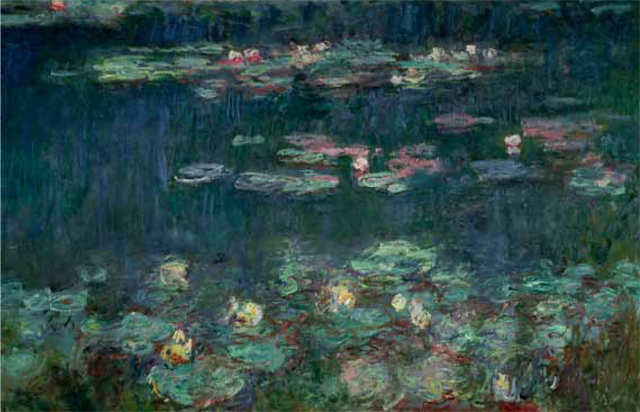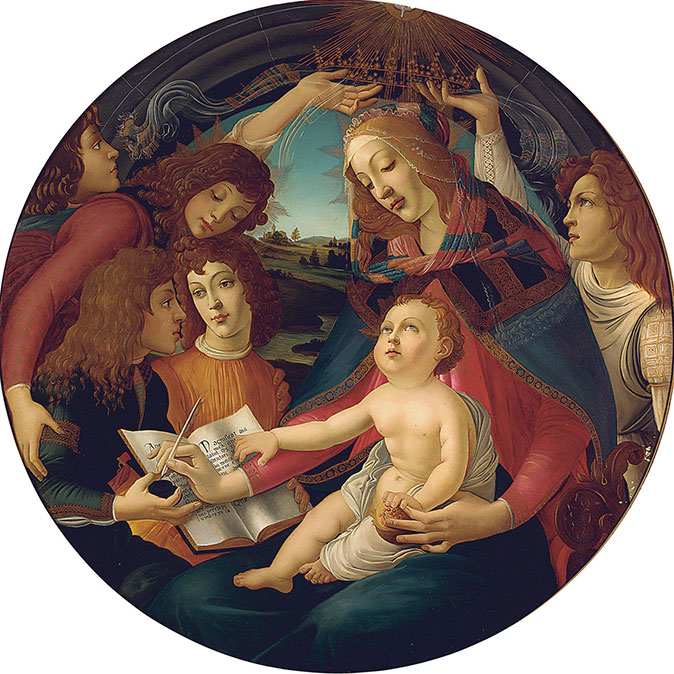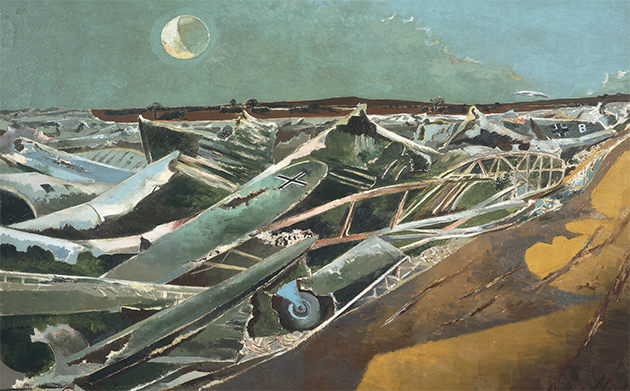My Favourite Painting: Stephen Calloway
'I was then – and remain still – enchanted by the mysterious Arcadian landscape and by the enigma of those figures.'


Stephen Calloway chooses Fête Champêtre:
‘On my first visit to Paris, more than 50 years ago, I fell in love with this painting; Dante Gabriel Rossetti had done so, too, I discovered, in 1849. Like the later-19th-century Aesthetes, I was then – and remain still – enchanted by the mysterious Arcadian landscape and by the enigma of those figures, at once unreal and yet so palpably sensual, whose musical notes hang forever frozen in the air.
‘Argument about the interpretation of the subject as a complex allegory of music and poetry has gone on for years. And now, even the attribution of the work to Giorgione has been challenged by those who think the young Titian was the artist.
‘I prefer to believe still that it is the older painter’s last great masterpiece. But standing in quiet reverie, oblivious to the philistine mayhem on the other side of the gallery wall where the Mona Lisa hangs, in the face of such beauty, art-historical dispute seems strangely irrelevant.’
Stephen Calloway is an art historian and curator. His current exhibition, ‘Beggarstaffs: William Nicholson & James Pryde’, is at the Fitzwilliam Museum until August 4.
John McEwen on Fête Champêtre:
In Civilisation, Kenneth Clark named this picture a turning point. In the late Middle Ages, painters began to show an awareness of Nature as ‘the desire to escape and with hope of a better life’. Then came Giorgione, who ‘transformed this happy contact with nature into something more openly sensual.
The ladies who, in the Gothic gardens, had been protected by voluminous draperies, are now naked; and, as a result his Fête Champêtre opens a new chapter in European art… in this picture, he has illustrated one of the comforting illusions of civil-ised man, the myth of Arcadia’.
The picture signalled acknowledgment of the pastoral fallacy in Classical literature. It’s an allegory of poetry, symbolised by two nymphs – in Ancient Greece, young and beautiful female spirits. The distant shepherd and young men are in the real world; the nymphs represent the world of the imagination, conjured through music in an idyllic setting in which human-kind is in peaceful harmony with Nature. We still cherish this ideal: Country Life, its content and title, embodies it.
Exquisite houses, the beauty of Nature, and how to get the most from your life, straight to your inbox.
The painting was first owned by the Gonzaga family in Mantua. Charles I bought it and, when the royal collection was sold during Cromwell’s Commonwealth, it was bought by a German banker and then by Louis XIV, hence its present home in the Louvre.
There, it was seen by Édouard Manet and inspired his scandalously modernised, but no less Arcadian, Le Déjeuner sur l’Herbe, which depicts a naked contemporary woman, not an in idealised nymph, picnicking, not playing the flute, with two clothed gentlemen.
Fête Champêtre is today also attributed to Titian (b.1490), who was early influenced by Giorgione, but in this scantily documented period such attributions are inevitably guesswork.

My Favourite Painting: Lulu
Lulu chooses her favourite painting for Country Life.

Credit: Bridgeman Images
My favourite painting: Mark Price
'The picture reminds me of her: I swear she is an angel.'

Credit: The Kiss - Gustav Klimt
My favourite painting: Danielle Steel
Danielle Steel, the world's top-selling fiction writer, admits that 'Klimt stole my heart' with this wonderful work.

My favourite painting: Nicholas Coleridge
Nicholas Coleridge chooses Maharana Jagat Singh attending an elephant fight by Syaji and Sukha as his favourite painting

My favourite painting: Jacqueline Wilson
'I looked at this painting and decided to write about a Victorian circus girl one day'

My favourite painting: Robert Macfarlane
Robert Macfarlane chooses his favourite painting for Country Life.
Country Life is unlike any other magazine: the only glossy weekly on the newsstand and the only magazine that has been guest-edited by His Majesty The King not once, but twice. It is a celebration of modern rural life and all its diverse joys and pleasures — that was first published in Queen Victoria's Diamond Jubilee year. Our eclectic mixture of witty and informative content — from the most up-to-date property news and commentary and a coveted glimpse inside some of the UK's best houses and gardens, to gardening, the arts and interior design, written by experts in their field — still cannot be found in print or online, anywhere else.
